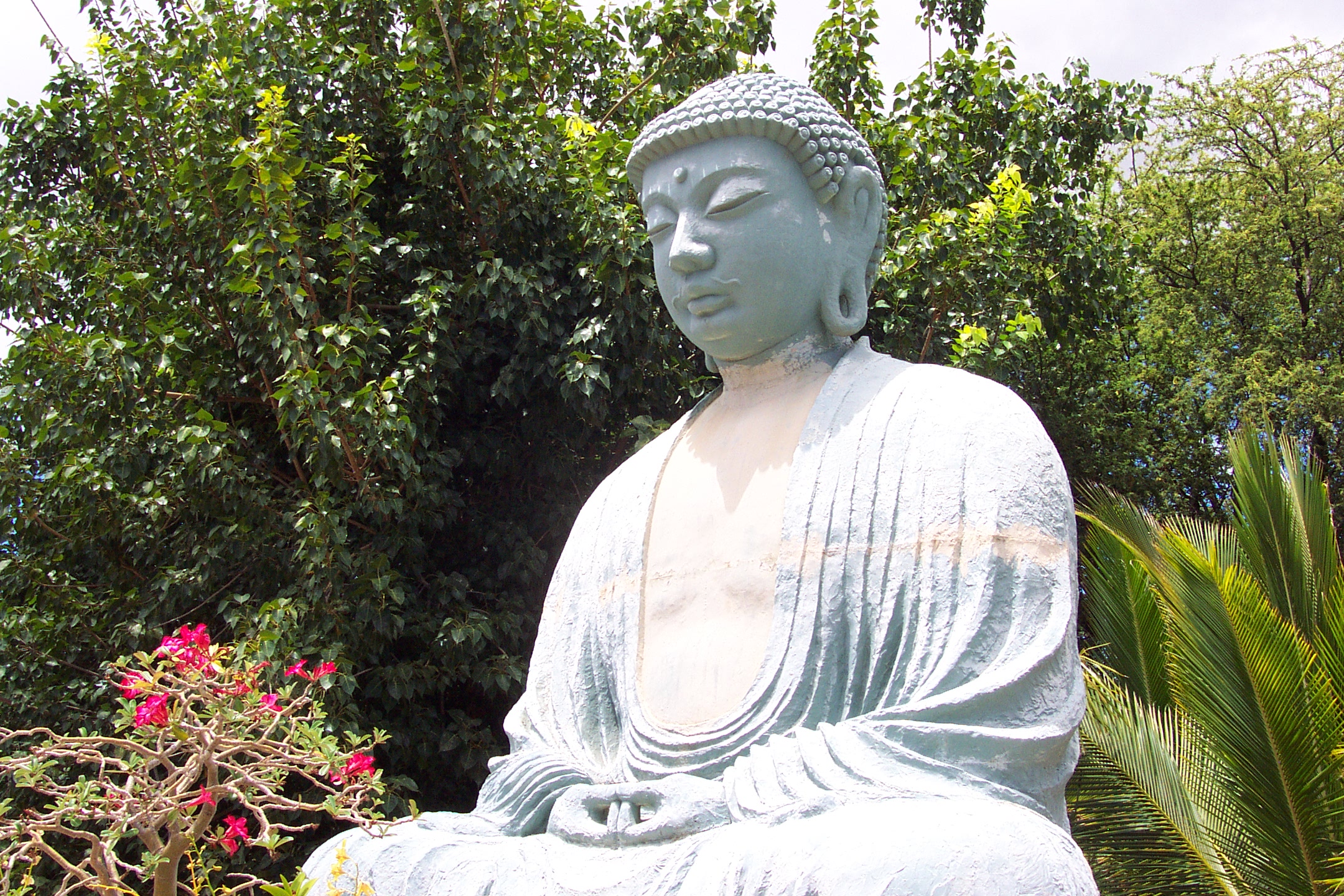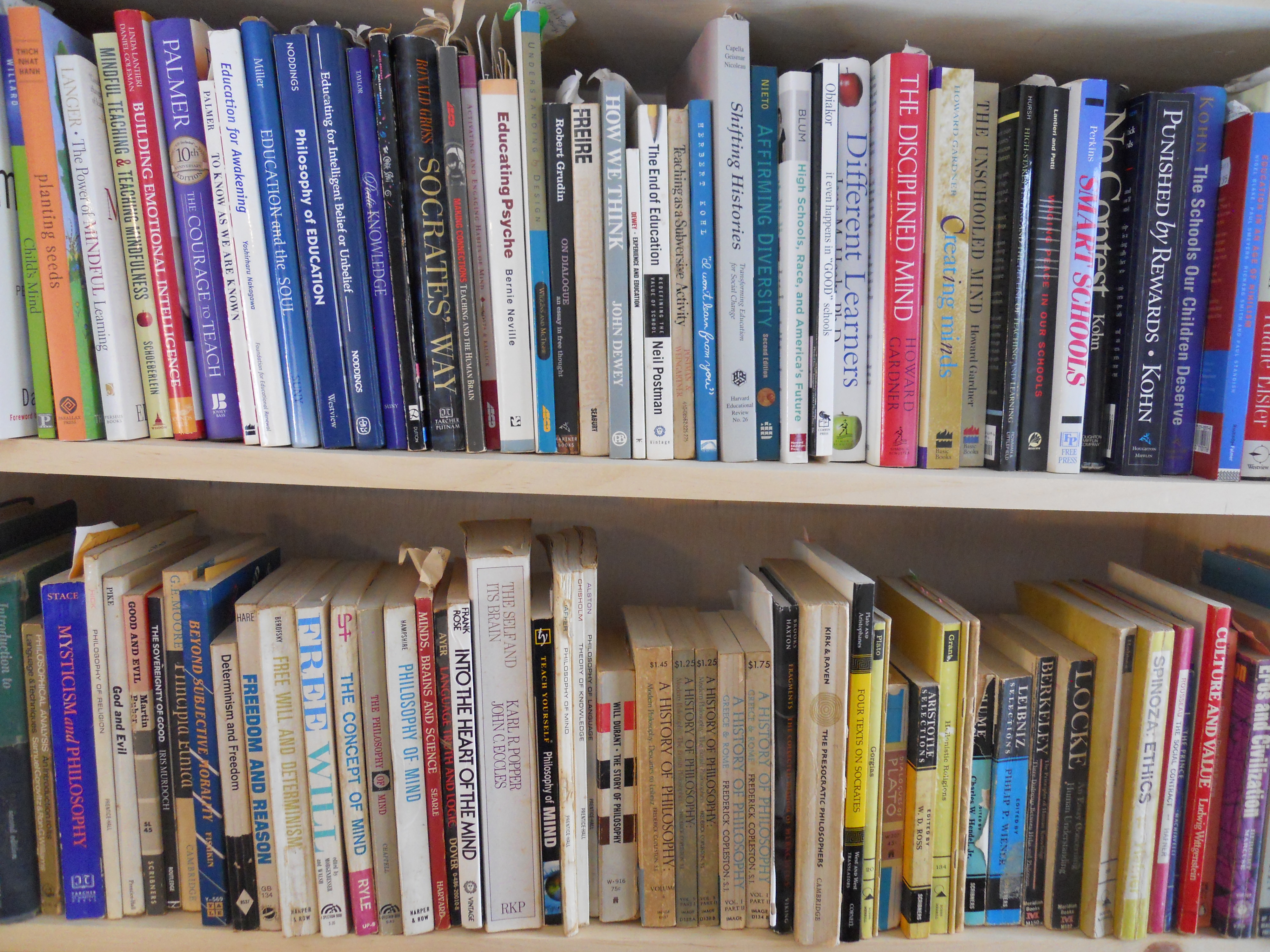Mindfulness and compassion practices are wonderful, but what’s even more important is embedding compassion in the structure of the school and the curriculum. So, how do you do that? What needs to be included in a curriculum so students are more likely to graduate as compassionate human beings?
A curriculum that teaches compassion should start with “big questions,” especially those chosen or verbalized by students. In that way, students will feel heard and thus more inclined to listen. They will then look at the school as part of themselves, not as something totally separate. As discussed in an earlier blog, creating a curriculum out of big questions gives students not only an understanding of issues they consider important but the sense that they can figure out for themselves how their actions can serve a useful purpose.
Next, the curriculum needs to directly face a question that students in several of my classes often raised: what are we humans? What is it in our nature to be? We say things like, “it is just human nature to do x, y, or z.” What could that mean? Students often assume that humans have a “nature” and having a “nature” means that you can’t help but enact that nature. Your nature is fixed, in your DNA. But what exactly is fixed? And what would having such a fixed nature imply? Since there is so much violence and suffering in the world, how can it be our nature to be compassionate? This question is a mirror of another old philosophical question: If God is good, why is there evil and suffering in the world?
One book that could be a resource for a secondary school curriculum on compassion is The Compassionate Instinct. This book explores scientific evidence and philosophical arguments for compassion. In the first essay, Dacher Keltner makes the point that “human communities are only as healthy as our conceptions of human nature.” When you assume something about your nature, you act in accord with that assumption. To talk about human nature is to talk about who you are as a person, who you are as a friend or loved one, parent or child. It is not simply an intellectual question. It affects the whole way you relate to others and live your life. Students need to look for the larger dimensions and implications of their questions, and teachers need to understand the implications of the material they teach and their pedagogy.
Keltner argues that compassion is “rooted in our brain and biology, and [is] ready to be cultivated for the greater good.” It is in us, as a possibility. It can be developed—or subverted. Our brains are plastic in that they are continuously rewiring to some degree. We change according to our experience and education. Learning means change. Even the expression of DNA depends on experience. Maybe how we think about our nature is both a result of our nature and at the same time helps form that nature.
How do you relate to suffering, or to the awful, the holocausts, genocides, wars, and death? When students, and teachers, read about something awful like violence, murders and even the devious manipulations of political leaders now or in the past, they might say, “Ah, yes. Just what I expected.” Others, “I don’t want to hear about it.” It is difficult to allow yourself to be in the middle between assuming the worst of people and wanting to hide.
In history, it is easy to overemphasize the horrors that humans have perpetrated and to leave out the good. To talk about Hitler and forget Asoka. The good is often seen as inconsequential, banal or everyday; yet without this everyday counterweight to what we consider evil, we could not go on. This is not “inconsequential” but the most consequential. For example, students in one of my classes claimed that humans are not cooperative. I then asked them, how did you get to school this morning? Why didn’t all the cars on the road crash into each other? I continued: Name all the different people you can think of who contributed to making your lunch. In our school, this was a very visible subject as one group of students helps cook the lunch for the school and another grows some of the food. Students went on and on, surprising themselves with the result, naming teachers who instructed students on how to cook the food, farmers and truckers and people who made the forks and spoons. After just a few minutes, it seemed that everyone and everything contributed to their lunch. Instead of disconnection, students learned about interdependence, which in turn opened the door to the possibility of compassion.
Teachers might claim they value compassion and have empathy for their students and others. Yet, if they teach that selflessness is a myth, that we are born to put competitiveness and greed before other ways of being, they undermine that claim. For example, take science or social studies teachers who discuss evolution and have students read portions of Darwin’s The Origin of Species but not The Descent of Man. Psychologist and evolution theorist David Loye points out that Origin spells out the theory most people associate with Darwin, that through random variations in genes and “natural selection” the best organisms are picked out to survive while the rest are discarded. Such a choice has led to theories about humans being naturally aggressive, that competition is necessary for survival, even that there is such a thing as a “selfish gene.” In Descent, Darwin applies his theories to human beings and, I think, leaves us with a very different message than he did in Origin. He speaks more about “mutual aid,” ethics or morality, and love than about “the survival of the fittest.” He speaks about helping others, even the weak, out of “sympathy.” So, should we teach both books? And which book gives us more incentive to act in an ethical or a compassionate manner?
We need to let the light in. Especially when the subject is difficult, we need to hold the reality, even the difficult and painful reality, in our arms for a second; to listen to what has to be said without jumping to a conclusion or running to hide.
There are specific characteristics of being human, for example, our shape, the fact that we normally have two legs, two arms, and two eyes. Our brain and senses obviously allow us to do some things but not others. We can walk on our own two feet but not fly with (just) our feet. Most of us can perceive a variety of colors but none of us can perceive ultraviolet light. If we could see ultraviolet, just think how our experience might change. But is our nature something different from a description of what our mental and physical equipment makes possible? Or should I ask: Does our physical and mental equipment make it possible for us to have meaningful choices in how we act? Is the most important thing about our nature the possibility that we have a choice about how we use our equipment? That we can choose to be either compassionate or hurtful?
The question of what does it mean to be a human being is a crucial question for students to raise in our classes and for teachers to address directly. Hidden in the question is the recognition that who we are is about who we choose to be. Who do you choose to be? What would you choose to teach?





